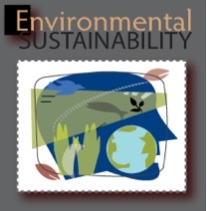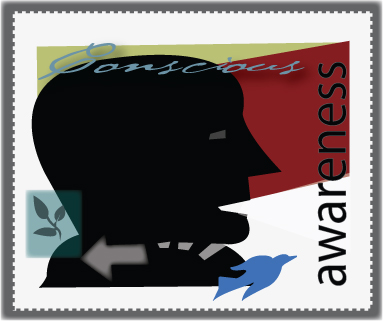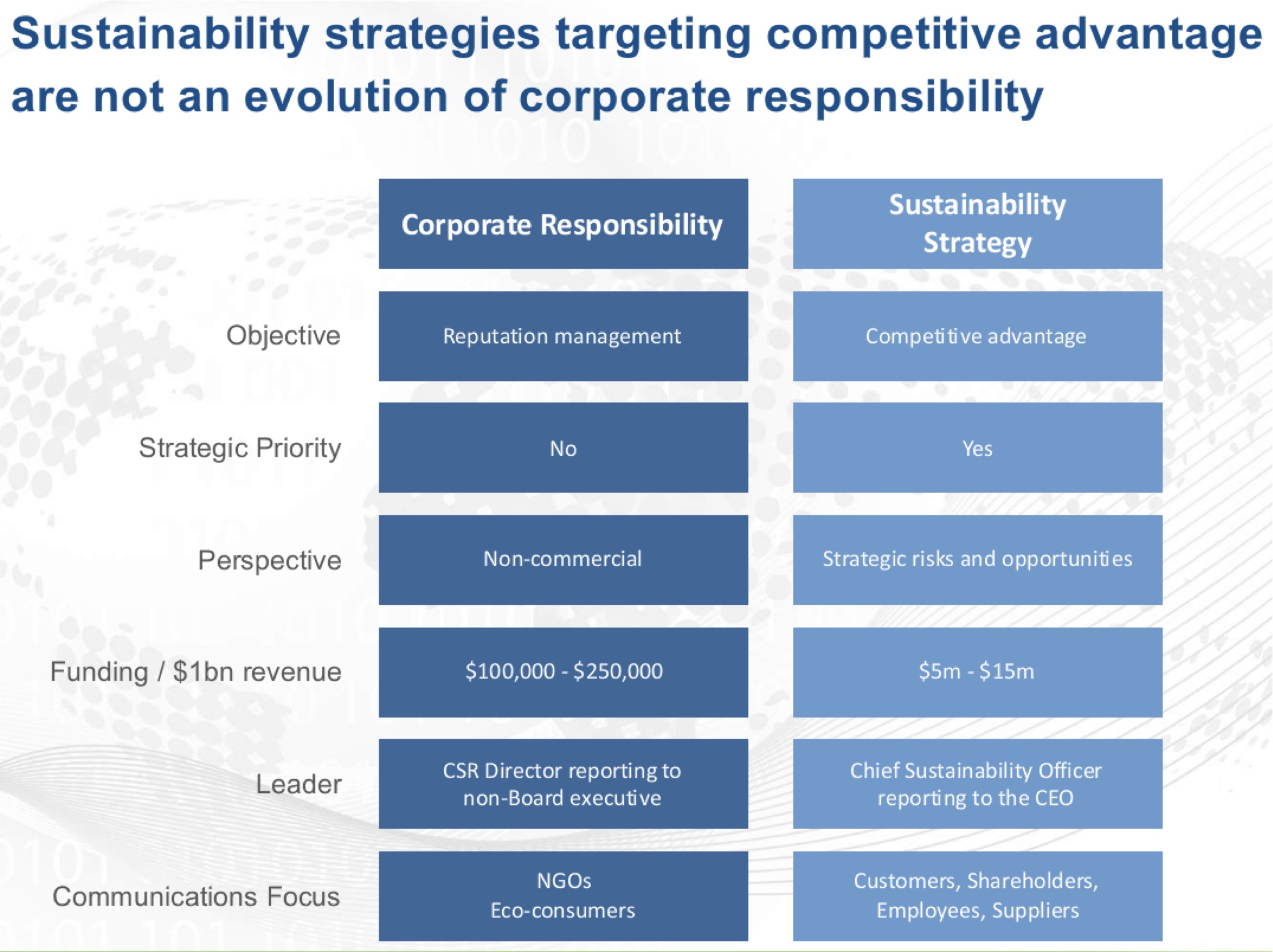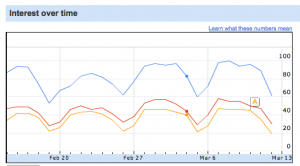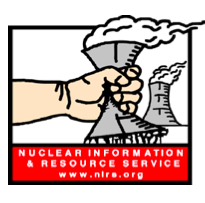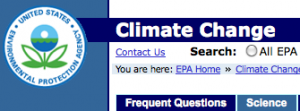One of the many Web advantages are alerts. I subscribe to sustainability alerts from the New York Times and, recently, the Financial Times. I didn’t anticipate any difference, really, in either the quantity or quality of the news alerts, but I was surprised by both the quality and the quantity.
The alerts from the New York Times come in sporadically, here are four in March:
- At the Home and Housewares Show, All Things Bright
- Armani Takes Up a Cause
- New Technology Could Make Desalination More Accessible -A Singapore company..
- Spa Treatments by the Dead Sea
Now compare these to the alerts from the Financial Times received today, Sunday, April 3, 2011
- Call on companies to act on emissions
- Danish pensions invest in giant offshore wind farm
- Data providers join forces to meet information demand – In the aftermath of the financial crisis, key data providers have all made the same bet – that in years to come environmental, social and governance (ESG) issues will be a more important part of investors’ decision-making.
And three more topics to drive home the point:
- Environment to be at heart of aviation policy rethink
- Technology has potential to retrofit the world
- Reporting: Building a system – Commercial building sites are perhaps not the first places most people would look to find examples of the way IT systems and software are helping companies manage their environmental footprint and reduce waste.
What became painfully obvious to me is that the lightweight nature of news stories, not only in the New York Times, but 3BL Media and their CSR Minute (they mix sustainability and CSR coverage) as well as Just Means (actually Just Means positions itself as one stop news for CSR, but mix in sustainability) are practicing business oriented reporting on what mostly boils down to what I call RADs or reports, awards, and do-good stories praising corporations for their actions.
Even Sustainable Life Media (SLM) (sustainable business focus and “bridge to better brands”) spends an inordinate amount of time and space covering the do-good actions of large, multi-national corporations some of which have as their core business toxic chemicals and reputations for environmental and social justice abuses. There are exceptions such as a recent story by Bart King in SLM that PUMA could be the first brand to measure impact on eco-system services, a major accounting and financial management issue. This is a critical sustainability issue as discussed on EarthSayers.tv by John Fullerton of the Capital Institute and Larry O’Connor of LaTrobe University in Australia. Interestingly enough PUMA’s initiative is part of a larger one by the French parent company, PPR group. The author goes on to report, “The Group said the overarching program, dubbed PPR Home, will go beyond the traditional Corporate Social Responsibility model and set a new standard in sustainability and business practice in the Luxury, Sport & Lifestyle and Retail sectors.”
Fact is, though, if you are in the business of reporting on sustainability here in the U.S., there’s not much out there. No point in blaming the messenger unless they aren’t digging deep enough and finding those companies who are making inroads like B Corporations and non-profits such as the Textile Exchange. The messengers are reporting on what corporations are giving them as news and progress. It’s all about RADs – reports, awards, and the do-good stuff. At some point, however, a U.S. focus on large companies combined with the assumption that CSR can be reported as sustainability and vice versa makes “news” more like PR spin and reporting more like marketing rather than journalism, blogs or no blogs.

